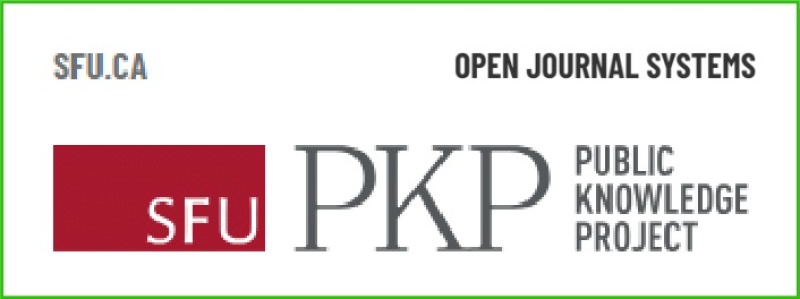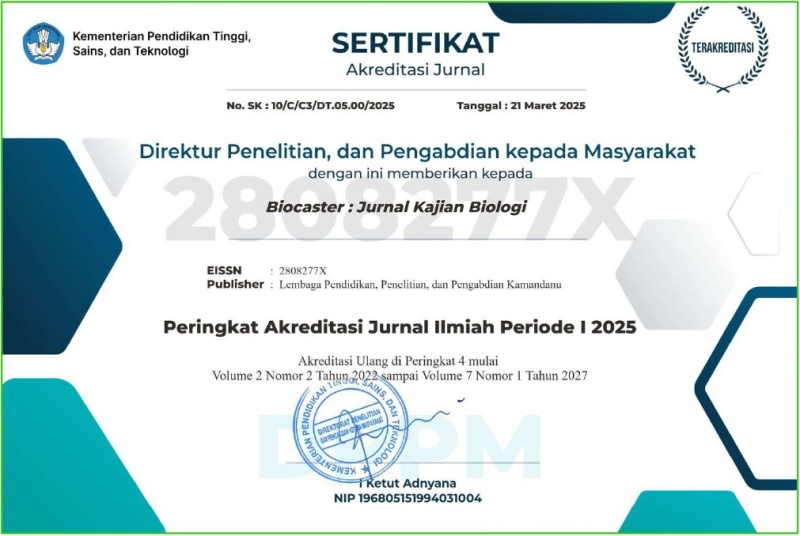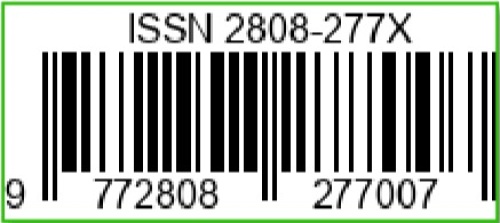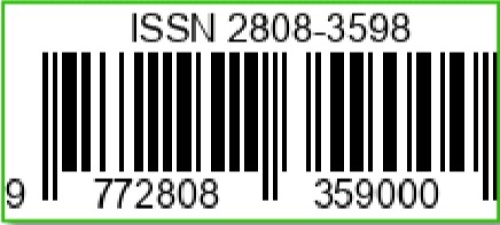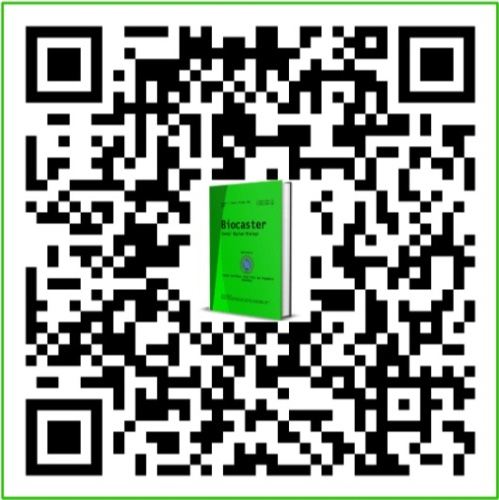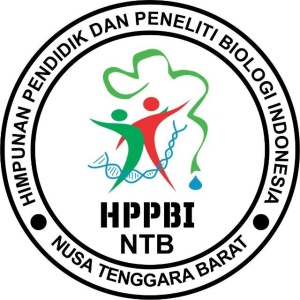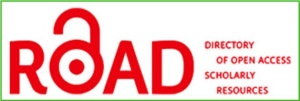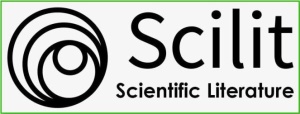Efektivitas Ekstrak Daun Kemangi (Ocimum basilicum L.) terhadap Jumlah Hama Serangga yang Menyerang Tanaman Kacang Hijau (Phaseolus radiatus L.)
DOI:
https://doi.org/10.36312/biocaster.v4i2.257Keywords:
Effectiveness, Extraction, Basil, Pests, Green Beans.Abstract
Pests are a type of plant damage that can have fatal consequences for farmers, therefore pests need to be eradicated so that farmers' yields can increase, especially in green bean plants. Basil is one of the biodiversity that has the potential to be developed as a traditional medicine. This plant is a plant that has many benefits as medicine, vegetable pesticide, essential oil producer, vegetable and refreshing drink. This research aims to determine the effectiveness of basil leaf extract (Ocimu basilicum L.) on the number of insect pests that attack green bean plants (Phaseolus radiatus L.). The parameters observed were the number of insect pests before and after treatment. The object of this research was green bean plants, the number of treatments in this research was 4 treatments (0% basil leaf extract, 10% basil leaf extract, 20% basil leaf extract, and 30% basil leaf extract) and 6 replications. Research data is descriptive data. From the research data, it was found that there was a decrease in the number of insect pests before and after treatment in the K3 treatment, the number of insect pests before treatment was 12 and after treatment there were 11 insect pests. In treatment K1-K2 there was no decrease in the number of insect pests before or after treatment. In treatment K1, the number of insect pests before treatment was 9 and after treatment there were 14 insect pests. In the K2 treatment, the number of insect pests before treatment was 12 and after treatment there were 19 insect pests. The results of the study concluded that administering basil leaf extract (Ocimum basilicum L.) had no significant effect on the number of insect pests attacking green bean plants.
Downloads
References
Barlian, B., Ahmad, A., & Isfahani, R. (2022). Uji Efektivitas Ekstrak Daun Kemangi (Ocimum sanctum) sebagai Larvasida Alami terhadap Kematian Larva Nyamuk Aedes aegypti. Medikes : Jurnal Media Informasi Kesehatan, 9(2), 191 - 200. https://doi.org/10.36743/medikes.v9i2.336
Basir, A., Dharmawibawa, I. D., & Safnowandi, S. (2018). Keanekaragaman dan Kelimpahan Arthropoda Tanah di Lahan Stroberi (Fragaria sp.) Sembalun Kabupaten Lombok Timur sebagai Dasar Penyusunan Modul Ekologi Hewan. In Prosiding Seminar Nasional Pendidik dan Pengembang Pendidikan Indonesia (pp. 1-8). Mataram, Indonesia: Asosiasi Pendidik dan Pengembang Pendidikan Indonesia.
BPS NTB. (2016). Provinsi Nusa Tenggara Barat dalam Angka. Mataram: Badan Pusat Statistik Provinsi NTB.
Budi, G. P. (2021). Beberapa Aspek Pengelolaan OPT Ramah Lingkungan, suatu Upaya Mendukung Pertanian Berkelanjutan. In Prosiding Seminar Nasional Fakultas Pertanian dan Perikanan (pp. 31-38). Purwokerto, Indonesia: Universitas Muhammadiyah Purwokerto.
Cichońska, P., & Ziarno, M. (2022). Legumes and Legume-Based Beverages Fermented with Lactic Acid Bacteria as a Potential Carrier of Probiotics and Prebiotics. Microorganisms, 10(1), 91-100. https://doi.org/10.3390/microorganisms10010091
Haerul, H., Idrus, M. I., & Risnawati, R. (2016). Efektifitas Pestisida Nabati dalam Mengendalikan Hama pada Tanaman Cabai. Jurnal Agrominansia, 1(2), 129-136. https://doi.org/10.34003/271888
Hendra, G. A., Cesa, F. Y., & Rollando, R. (2022). Perkembangan & Manfaat Obat Herbal. Makassar: CV. Tohar Media.
Kartika, F. D., & Isti’anah, S. (2014). Efek Larvisida Ekstrak Etanol Daun Kemangi (Ocimum sanctum Linn) terhadap Larva Instar III Aedes aegypti. JKKI : Jurnal Kedokteran dan Kesehatan Indonesia, 6(1), 38-46. https://doi.org/10.20885/JKKI.Vol6.Iss1.Art6
Maknun, D. (2017). Ekologi: Populasi, Komunitas, Ekosistem, Mewujudkan Kampus Hijau, Asri, Islami, dan Ilmiah. Cirebon: Nurjati Press.
Rachim, D. K. N., Lutfiah, L., Rahma, A. F., Oktavianto, B., Salsabila, H., & Azizah, R. F. R. (2023). Analisis Pertumbuhan Tanaman Toge (Vigna radiata L.) pada Intensitas Cahaya dan Media Air yang Berbeda. In National Conference of Islamic Natural Science (pp. 55-64). Kudus, Indonesia: Fakultas Tarbiyah, Institut Agama Islam Negeri Kudus.
Ridhwan, M., & Isharyanto, I. (2016). Potensi Kemangi sebagai Pestisida Nabati. Serambi Saintia : Jurnal Sains dan Aplikasi, 4(1), 18-26. https://doi.org/10.32672/jss.v4i1.112
Winardi, W. (2014). Prospek Budidaya Kedelai pada Lahan Sawah Tadah Hujan dan Sawah Irigasi Sederhana untuk Peningkatan Produksi Kedelai di Indonesia. Agritech : Jurnal Ilmu-ilmu Pertanian, 16(2), 89-97. https://doi.org/10.30595/agritech.v16i2.1022

Downloads
Published
How to Cite
Issue
Section
License
Copyright (c) 2024 Serli Oliska

This work is licensed under a Creative Commons Attribution-ShareAlike 4.0 International License.
-
Attribution — You must give appropriate credit, provide a link to the license, and indicate if changes were made. You may do so in any reasonable manner, but not in any way that suggests the licensor endorses you or your use.
-
ShareAlike — If you remix, transform, or build upon the material, you must distribute your contributions under the same license as the original.

